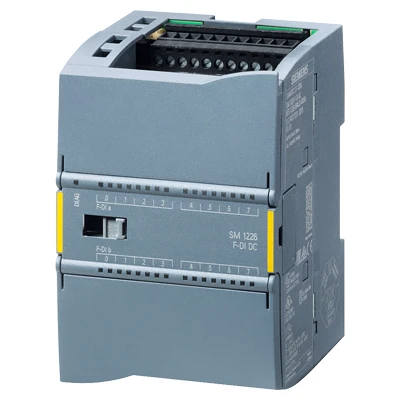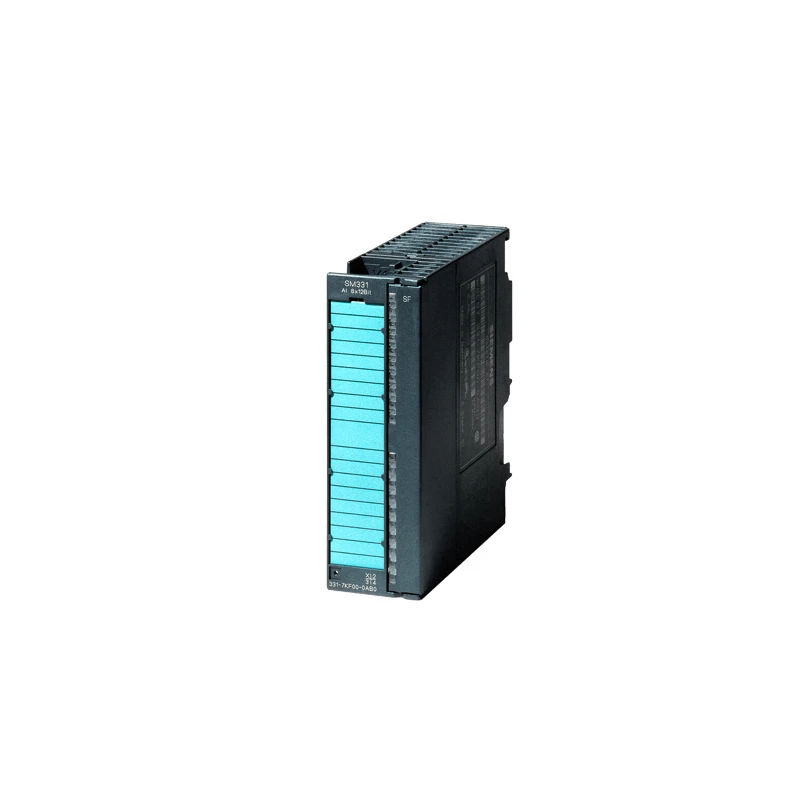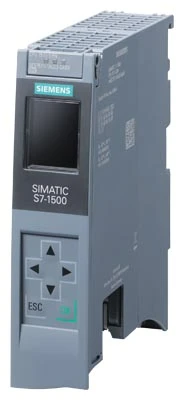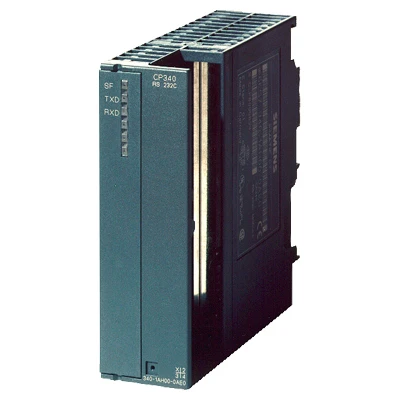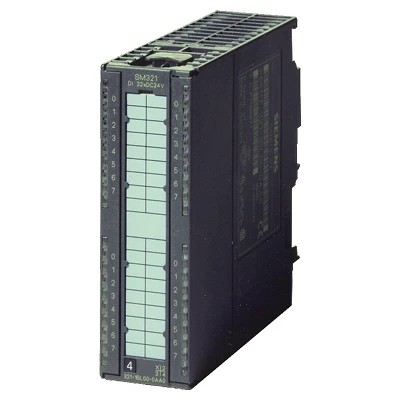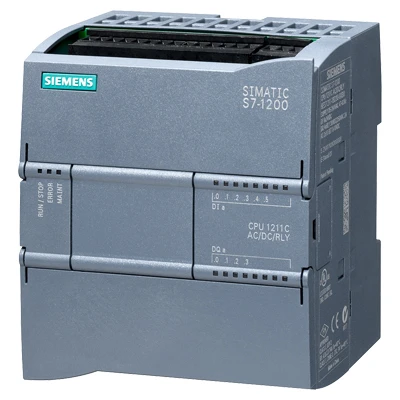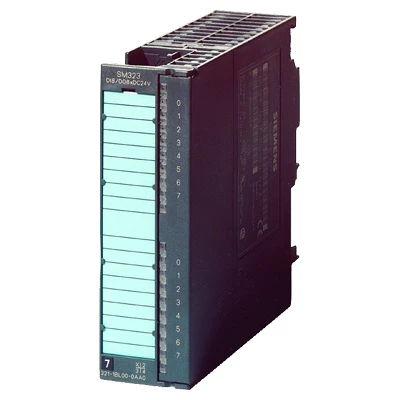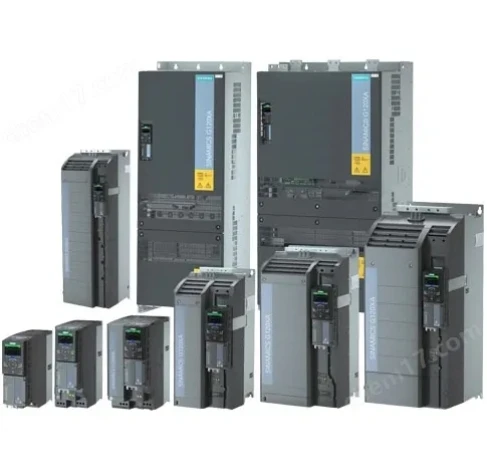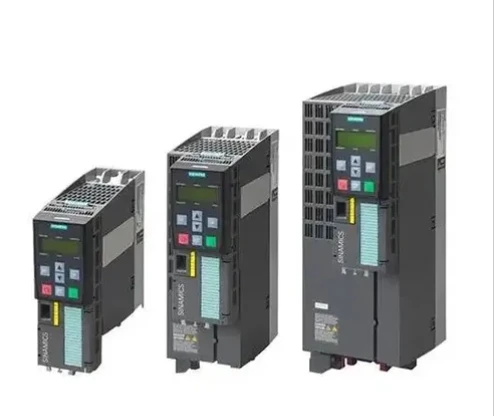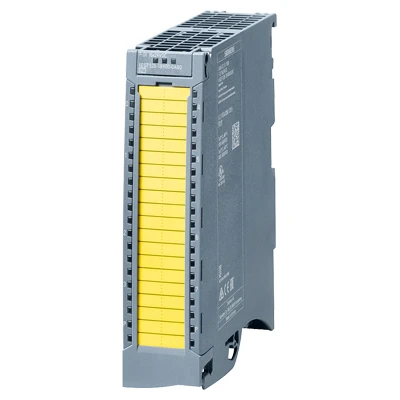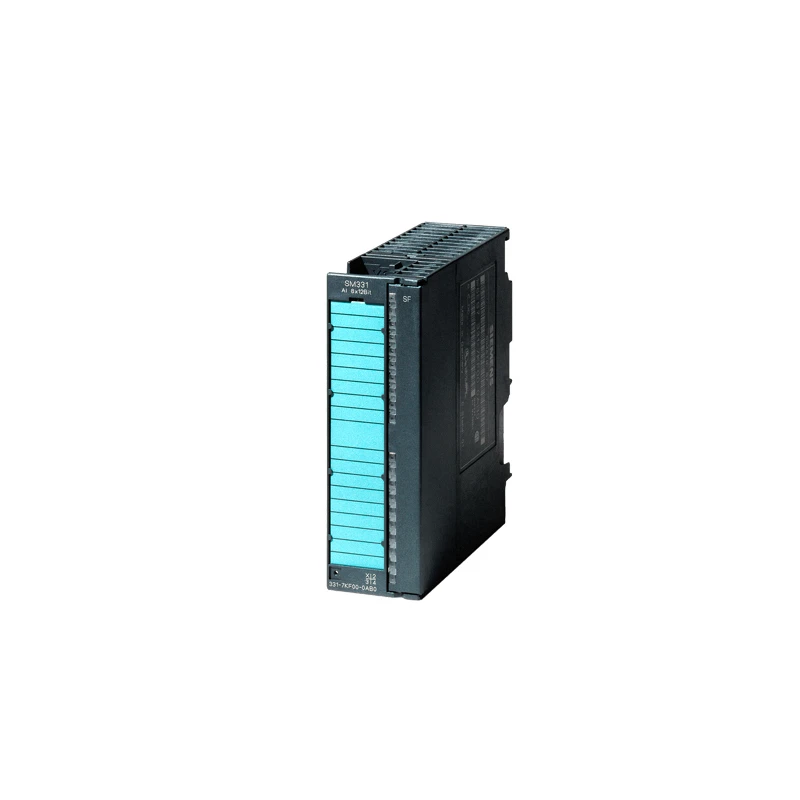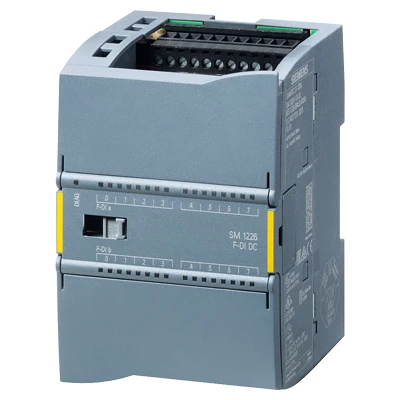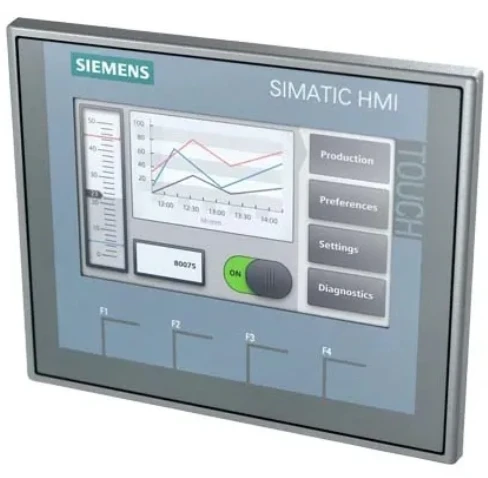VFD Drives: Efficient Motor Control Solutions for Industrial Applications
In the world of industrial automation, efficiency, control, and energy savings are critical. That’s where VFD drives — Variable Frequency Drives — come into play. Whether you're managing a conveyor belt, pump, fan, or production line motor, using a VFD can drastically improve performance and reduce operating costs.
If you're looking for VFD for sale, comparing specs across brands, or exploring different types of VFD drives for your business, this guide breaks down everything you need to know to make an informed decision.
What Is a VFD?
A Variable Frequency Drive (VFD) is an electronic device that controls the speed and torque of an electric motor by varying the frequency and voltage of its power supply. It allows precise motor control, reduced energy consumption, and enhanced process performance.
Main functions:
Speed control for AC motors
Soft start/stop to reduce mechanical stress
Energy savings for variable load systems
Torque boost for demanding applications
Protection against overloads and faults
Benefits of Using VFD Drives
✅ Energy Efficiency – Reduces energy consumption by matching motor speed to load demand
✅ Extended Equipment Life – Soft starting minimizes wear on motors, belts, and gearboxes
✅ Process Control – Enables precise regulation of speed, pressure, or flow
✅ Reduced Maintenance – Fewer mechanical issues compared to fixed-speed setups
✅ Remote Monitoring – Many VFDs support communication protocols like Modbus, Ethernet/IP, or Profibus
Installing VFD drives is one of the easiest ways to improve performance and reduce costs in industrial and HVAC systems.
Different Types of VFD Drives
When comparing different types of VFD drives, it’s important to understand the variations in technology, design, and application.
1. Volts per Hertz (V/f) VFDs
Simplest type of VFD
Controls motor by maintaining a constant voltage-to-frequency ratio
Lower cost, basic control
✅ Best for: Pumps, fans, and general-purpose applications
2. Sensorless Vector Control (SVC) VFDs
More precise motor control without external sensors
Better torque at low speeds
Moderate cost
✅ Best for: Conveyor belts, mixers, and moderate-torque machinery
3. Closed Loop Vector Control (Field-Oriented Control)
Uses feedback from encoder or resolver
Provides high torque and precise speed control
Higher cost, more advanced setup
✅ Best for: Elevators, hoists, CNC machines, and robotics
4. Regenerative VFDs
Return excess energy (e.g., from braking) back to the power supply
Saves energy in dynamic applications
✅ Best for: Elevators, escalators, or cranes with frequent braking
VFD Drives for Sale: Common Specifications to Know
Before buying a VFD for sale, consider these key specs:
|
Parameter |
Description |
|
Input voltage |
220V, 380V, 480V, or higher depending on your region |
|
Phase |
Single-phase or three-phase input/output |
|
Horsepower (kW) |
Match to your motor size — common sizes: 0.75kW to 250kW |
|
Frequency range |
Typically 0–400Hz |
|
Protection level |
IP20, IP55, IP65 based on installation environment |
|
Cooling method |
Fan-cooled, heatsink, or liquid cooling |
Popular VFD brands include ABB, Siemens, Schneider Electric, Danfoss, Delta, and Fuji Electric.
Buying a VFD for Sale: What to Look For
When sourcing VFD drives for sale, pay attention to:
✅ Reliability – Ensure it’s rated for continuous operation in your environment
✅ Ease of programming – Look for user-friendly interfaces or preloaded macros
✅ Built-in protections – Overload, short circuit, undervoltage, thermal
✅ Communication support – Useful for integration with PLCs or SCADA systems
✅ Service and support – Local availability of spare parts and technical help
VFD Price Guide (USD)
The VFD price varies widely based on power rating, brand, and features.
|
Power Rating |
Price Range (USD) |
|
0.75 kW (1 HP) |
$90 – $200 |
|
2.2 kW (3 HP) |
$150 – $300 |
|
5.5 kW (7.5 HP) |
$300 – $500 |
|
11–22 kW (15–30 HP) |
$500 – $1,200 |
|
45–75 kW (60–100 HP) |
$1,200 – $3,000+ |
Tip: For large projects or OEM applications, buying directly from VFD manufacturers or distributors can significantly reduce per-unit cost.
VFD Drives for Sale: Sourcing Channels
COC/COA (Certificates of Conformity or Analysis)
CE, UL, or IEC certifications
Wiring diagrams and installation manuals
Warranty terms and after-sales support
VFD Drives FAQs
Q1: Can I use a 3-phase VFD with a single-phase input?
A: Some models allow single-phase input for lower horsepower ratings, but always check the manufacturer’s specs.
Q2: Is a VFD the same as a soft starter?
A: No. A soft starter reduces inrush current during startup, while a VFD offers full speed and torque control throughout operation.
Q3: How do I choose between different types of VFD drives?
A: It depends on your application. Simple fans and pumps = V/f; precision motion = vector control.
Q4: Can a VFD run multiple motors?
A: Yes, but all motors must run at the same speed and load type. You’ll also need motor protection for each.
Q5: Where can I find budget-friendly VFD for sale?
A: Look at online suppliers, bulk offers, or contact VFD manufacturers for distributor pricing.
Whether you're retrofitting an older motor system or optimizing a new industrial process, VFD drives offer unmatched benefits in energy savings, control, and protection. Understanding the different types of VFD drives and how they relate to your specific application helps you choose wisely.
If you’re ready to source VFD drives for sale, compare technical specs, pricing, and support options carefully — or better yet, reach out to a trusted VFD manufacturer for long-term supply and support.

